Design and Optimization for 77 GHz Series-Fed Patch Array Antenna Based on Genetic Algorithm
Abstract
1. Introduction
2. Beam Synthesis Theory of the N-Element Linear Array Antenna
3. Design Method Description
3.1. Description of the Genetic Algorithm Flow
3.2. Design of the 77 GHz Series-Fed Patch Array Antenna
4. Electromagnetic Simulation and Measurement Verification
5. Conclusions
Author Contributions
Funding
Conflicts of Interest
References
- Xu, L.W.; Yu, X.; Wang, H.; Dong, X.L.; Liu, Y.; Lin, W.Z.; Wang, X.J.; Wang, J.J. Physical Layer Security Performance of Mobile Vehicular Networks. Mob. Netw. Appl. 2020, 25, 643–649. [Google Scholar] [CrossRef]
- Kuriyama, A.; Nagaishi, H.; Kuroda, H.; Kitayama, A. Horn and Lens Antenna Array with Chevron-Shaped Prism for 77-GHz Automotive Radar with Dual-Range Sensing and a Dual Field of View. IEEJ Trans. Electr. Electron. Eng. 2020, 15, 451–459. [Google Scholar] [CrossRef]
- Erhart, C.; Lutz, S.; Mutschler, M.A.; Scharf, P.A.; Walter, T.; Mantz, H.; Weigel, R. Compact polarimetry for automotive applications. Int. J. Microw. Wirel. Technol. 2019, 11, 114–120. [Google Scholar] [CrossRef]
- Schoepfel, J.; Kueppers, S.; Aufinger, K.; Pohl, N. A SiGe transceiver chipset for automotive radar applications using wideband modulation sequences. Int. J. Microw. Wirel. Technol. 2019, 11, 676–685. [Google Scholar] [CrossRef]
- Mosalanejad, M.; Ocket, I.; Soens, C.; Vandenbosch, G.A.E. Low-Cost Multi-Layer Parasitic Patch Antenna Array for 79 GHz Automotive Radar Applications. Microw. Opt. Technol. Lett. 2019, 61, 56–62. [Google Scholar] [CrossRef]
- Balanis, C.A. Antenna Theory: Analysis and Design, 3rd ed.; John Wiley & Sons Inc.: Hoboken, NJ, USA, 2005. [Google Scholar]
- Zhang, H.; Yu, Y.R.; Xu, J.; Zhang, W. Design of 77 GHz vehicle millimeter long- and medium-range radar antenna array. High Power Laser Part. Beams 2017, 29, 48–51. [Google Scholar]
- Xu, J.; Hong, W.; Zhang, H.; Yu, Y.R. Design and measurement of array antennas for 77GHz automotive radar application. In Proceedings of the Millimetre Waves & Terahertz Technologies, Liverpool, UK, 11–13 September 2017. [Google Scholar]
- Huang, S.J.; Chen, Y.L.; Chu, H.Y.; Chen, P.N.; Chang, H.Y.; Kuo, C.Y.; Kao, C.; Lee, J. A Fully-Integrated 77GHz phase-array radar system with 1TX/4RX frontend and digital beamforming technique. In Proceedings of the VLSI Circuits, Kyoto, Japan, 12–14 June 2013; pp. 294–295. [Google Scholar]
- Dewantari, A.; Jeon, S.Y.; Kim, S.; Kim, S.; Kim, J.; Ka, M.H. Comparison of array antenna designs for 77GHz radar Applications. In Proceedings of the Progress in Electromagnetic Research Symposium (PIERS), Shanghai, China, 8–11 August 2016; pp. 1092–1096. [Google Scholar]
- Yi, H.; Li, L.; Han, J.Q.; Shi, Y. Traveling-Wave Series-fed Patch Array Antenna Using Novel Reflection-Canceling Elements for Flexible Beam. IEEE Access 2019. [Google Scholar] [CrossRef]
- Dong, J.; Zhang, L.; Wang, Y. High Gain Microstrip Array Antenna for Automotive Radar. In Proceedings of the IEEE International Conference on Electron Devices and Solid-State Circuits (EDSSC), Xi’an, China, 12–14 June 2019. [Google Scholar]
- Li, W.; Xu, C.W.; He, Y.; Chen, L.G.; Sun, L.N.; Fang, G.Q. Actual Deviation Correction Based on Weight Improvement for 10-unit Dolph-Chebyshev Array Antennas. J. Ambient Intell. Humaniz. Comput. 2017, 10, 1713–1726. [Google Scholar]
- Chen, S.; Dou, W. Analysis and Design of Multi-Beam Antenna with Dielectric Spherical Lens at Millimeter-Wave Band. In Proceedings of the Microwave Conference, Shanghai, China, 10–12 September 2008; pp. 129–132. [Google Scholar]
- Wang, H.; Huang, Y.; Chung, S. A dielectric lens antenna feeding with microstrip patch antennas for 77 GHz long range radar application. In Proceedings of the Asia Pacific Microwave Conference, Kaohsiung, Taiwan, 4–7 December 2012. [Google Scholar]
- Wenig, P.; Weigel, R. Analysis of a microstrip patch array fed cylindric lens antenna for 77 GHz automotive radar. In Proceedings of the IEEE Antennas & Propagation Society International Symposium, San Diego, CA, USA, 5–11 July 2008. [Google Scholar]
- Gamba, J. Radar Signal Processing for Autonomous Driving; Springer: Singapore, 2020. [Google Scholar]
- Yasini, S.; Mohammadpour-Aghdam, K. Design and simulation of a Comb-line fed microstrip antenna array with low side lobe level at 77GHz for automotive collision avoidance radar. In Proceedings of the International Conference on Millimeter-wave & Terahertz Technologies, IEEE, Tehran, Iran, 20–22 December 2016; pp. 87–90. [Google Scholar]
- Khan, O.; Meyer, J.; Baur, K.; Arafat, S.; Waldschmidt, C. Aperture Coupled Stacked Patch Thin Film Antenna for Automotive Radar at 77 GHz. Int. J. Microw. Wirel. Technol. 2019, 11, 1061–1068. [Google Scholar] [CrossRef]
- Basbug, S. A general model for pattern synthesis of linear antenna arrays by metaheuristic algorithms. In Proceedings of the IEEE International Applied Computational Electromagnetics Society Symposium, Florence, Italy, 26–30 March 2017. [Google Scholar]
- Chou, H.T.; Cheng, D.Y. Beam-Pattern Calibration in a Realistic System of Phased-Array Antennas via the Implementation of a Genetic Algorithm with a Measurement System. IEEE Trans. Antennas Propag. 2017, 65, 593–601. [Google Scholar] [CrossRef]
- You, P.F.; Liu, Y.H.; Xu, K.D.; Zhu, C.H.; Liu, Q.H. Generalisation of genetic algorithm and fast Fourier transform for synthesising unequally spaced linear array shaped pattern including coupling effects. IET Microw. Antennas Propag. 2017, 11, 827–832. [Google Scholar] [CrossRef]
- Bouchekara, E.H.; Orlandi, A.; Al-Qdah, M.; Paulis, F. Most Valuable Player Algorithm for Circular Antenna Arrays Optimization to Maximum Sidelobe Levels Reduction. IEEE Trans. Electromagn. Compat. 2018, 60, 1655–1661. [Google Scholar] [CrossRef]
- Wen, Y.Q.; Wang, B.Z.; Ding, X. A Wide-Angle Scanning and Low Sidelobe Level Microstrip Phased Array Based on Genetic Algorithm Optimization. IEEE Trans. Antennas Propag. 2015, 64, 805–810. [Google Scholar] [CrossRef]
- Fang, D.G. Antenna Theory and Microstrip Antennas; CRC Press: New York, NY, USA, 2009. [Google Scholar]
- Zheng, Z.Q.; Yan, Y.P.; Zhang, L.J.; Mu, F.Q. Research on Genetic Algorithm of Antenna Arrays Beam Shaping with Side Lobe Suppression. J. Electron. Inf. Technol. 2017, 39, 690–696. [Google Scholar]
- Kundukulam, S.O.; Beenamole, K.S. Design of a linear array antenna for shaped beam using genetic algorithm. Int. J. RF Microw. Comput. -Aided Eng. 2008, 18, 410–416. [Google Scholar] [CrossRef]
- Cao, Y.; Zhang, W.; Fu, J.; Liu, N.H.; Wang, Q.; Liu, L.L. Application of the Genetic Algorithm in MOSFET Modeling and Parameter Extraction. In Proceedings of the International Conference on Integrated Circuits and Microsystems (ICICM), IEEE, Shanghai, China, 24–26 November 2018; pp. 264–267. [Google Scholar]
- Mohd Yunus, N.; Yunas, J.; Pawi, A.; Rhazali, Z.; Sampe, J. Investigation of Micromachined Antenna Substrates Operating at 5 GHz for RF Energy Harvesting Applications. Micromachines 2019, 10, 146. [Google Scholar] [CrossRef] [PubMed]
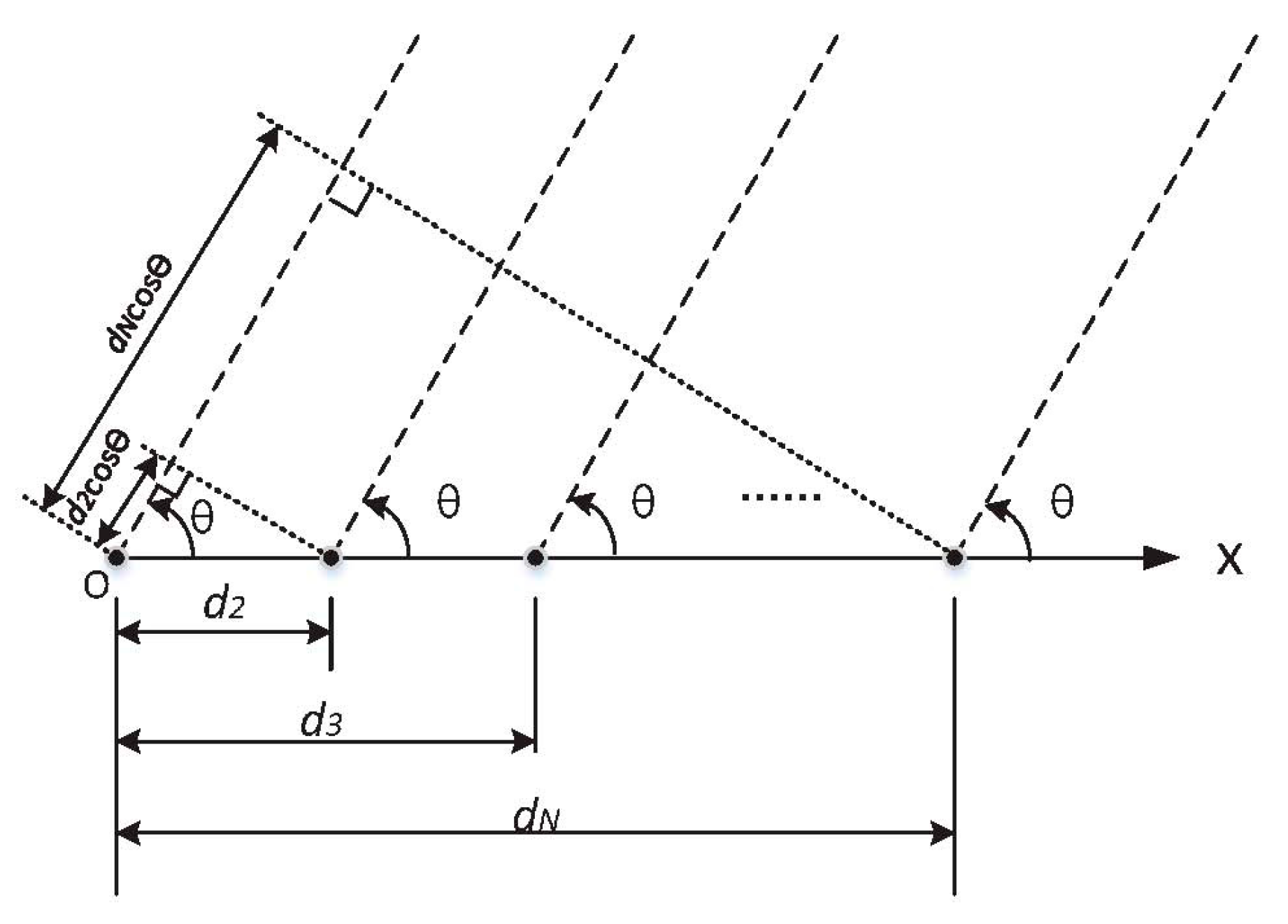
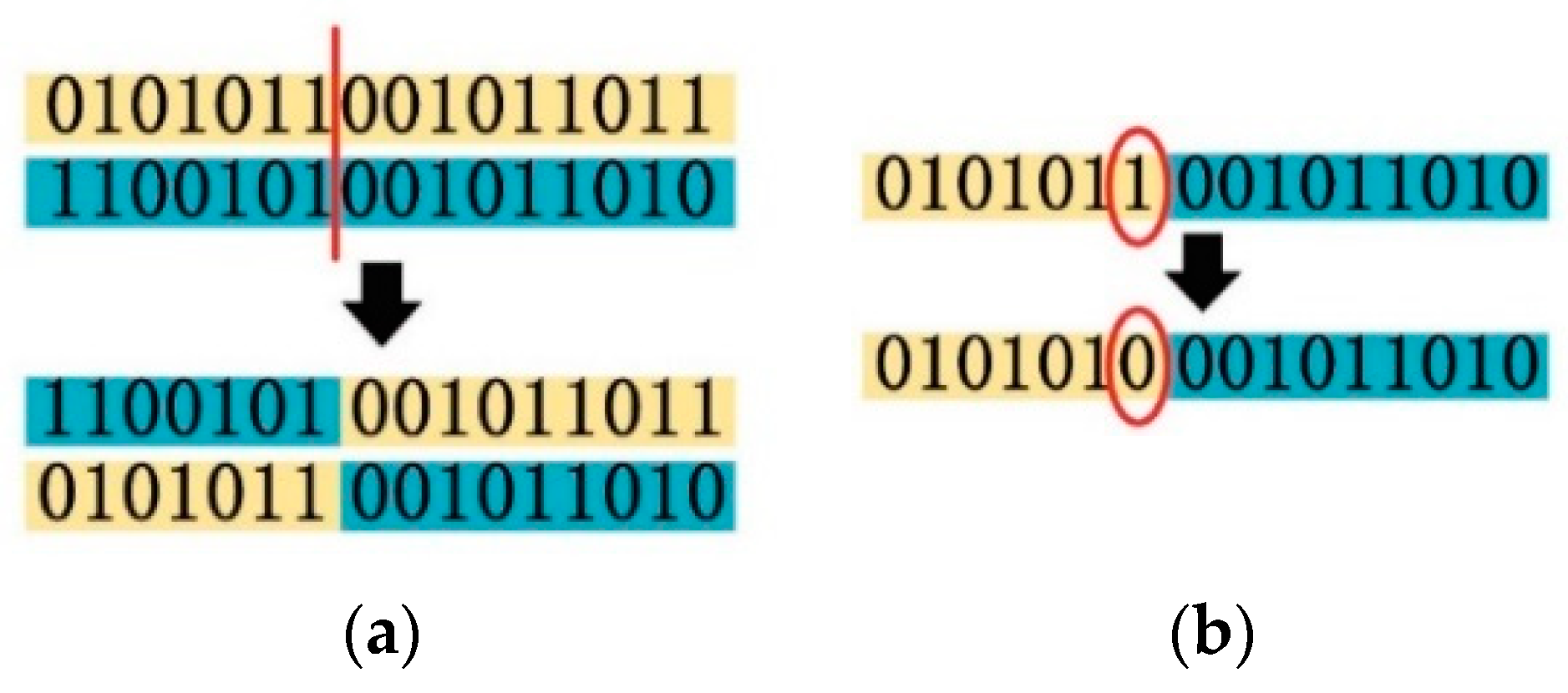
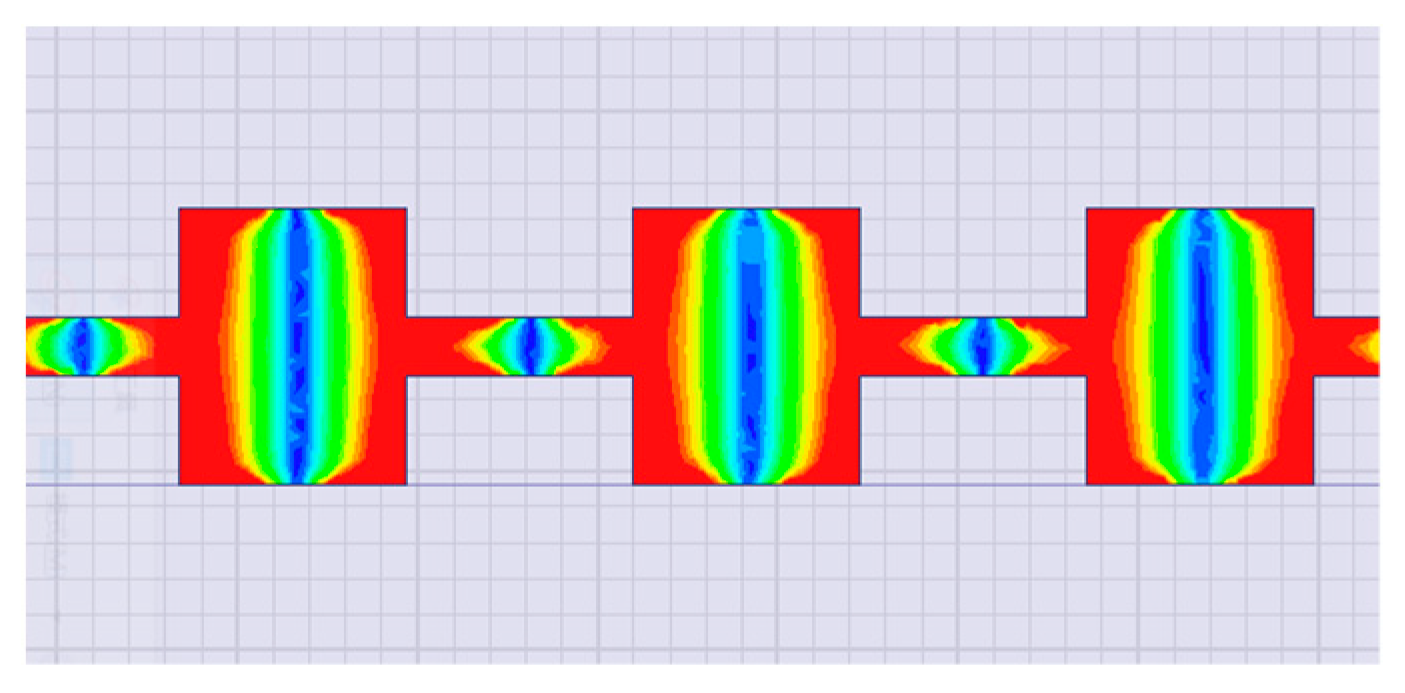
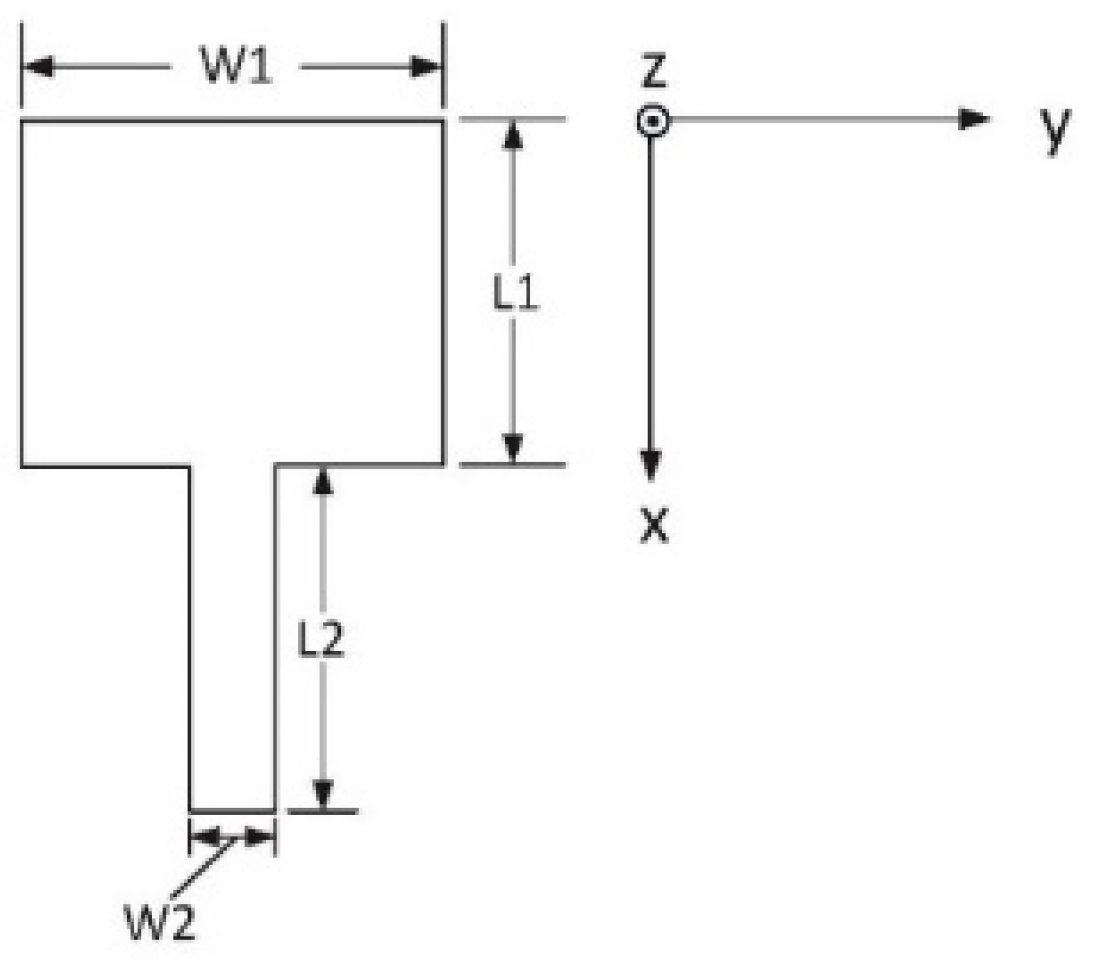
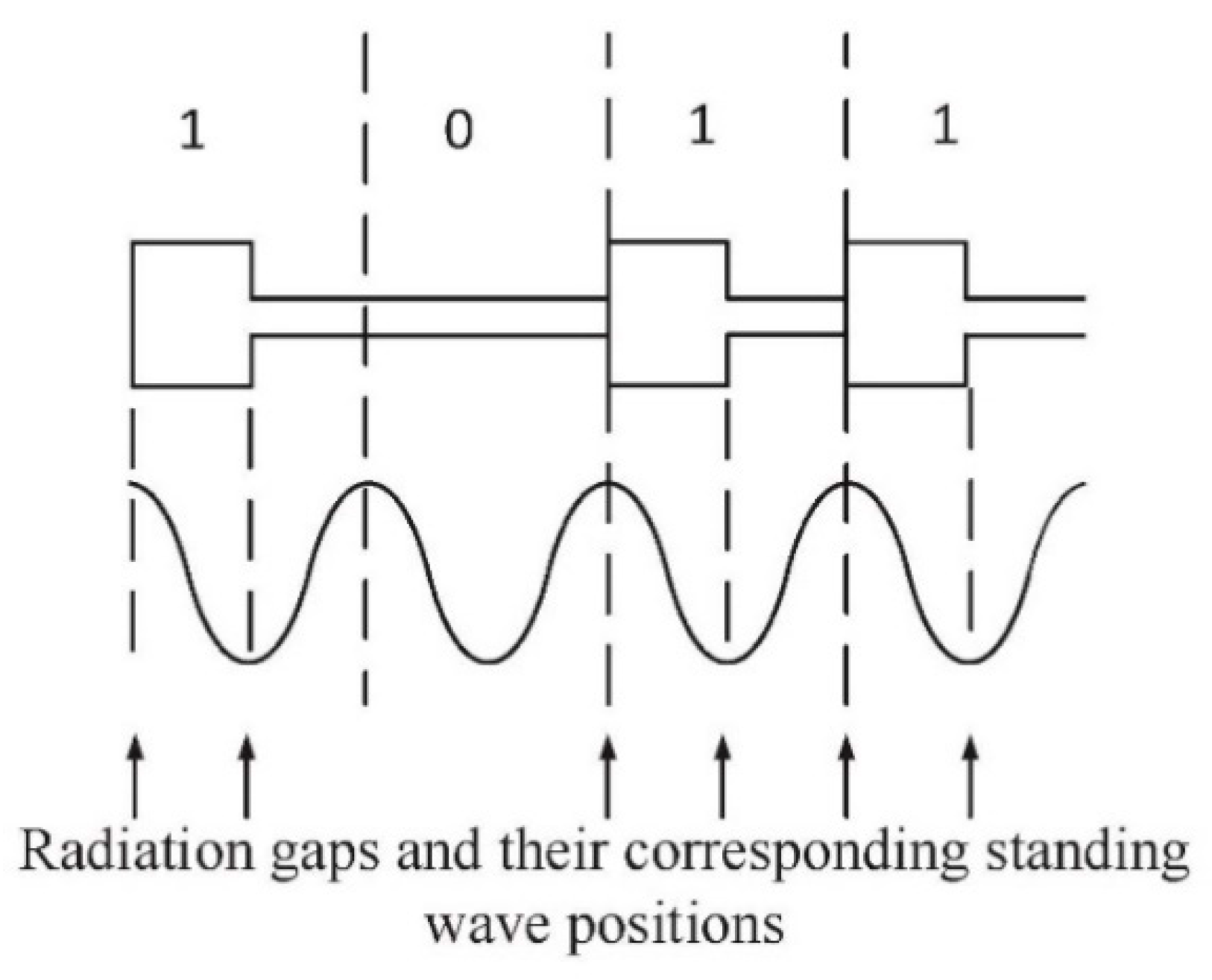
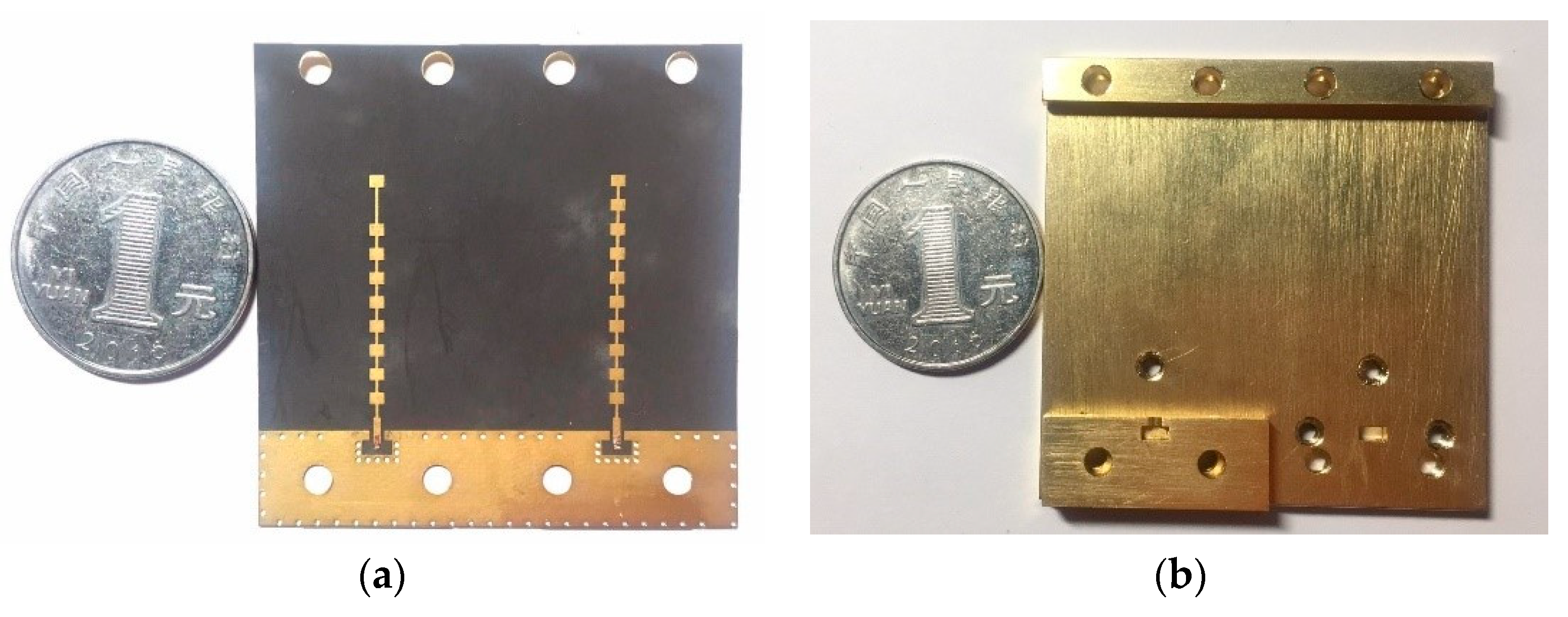

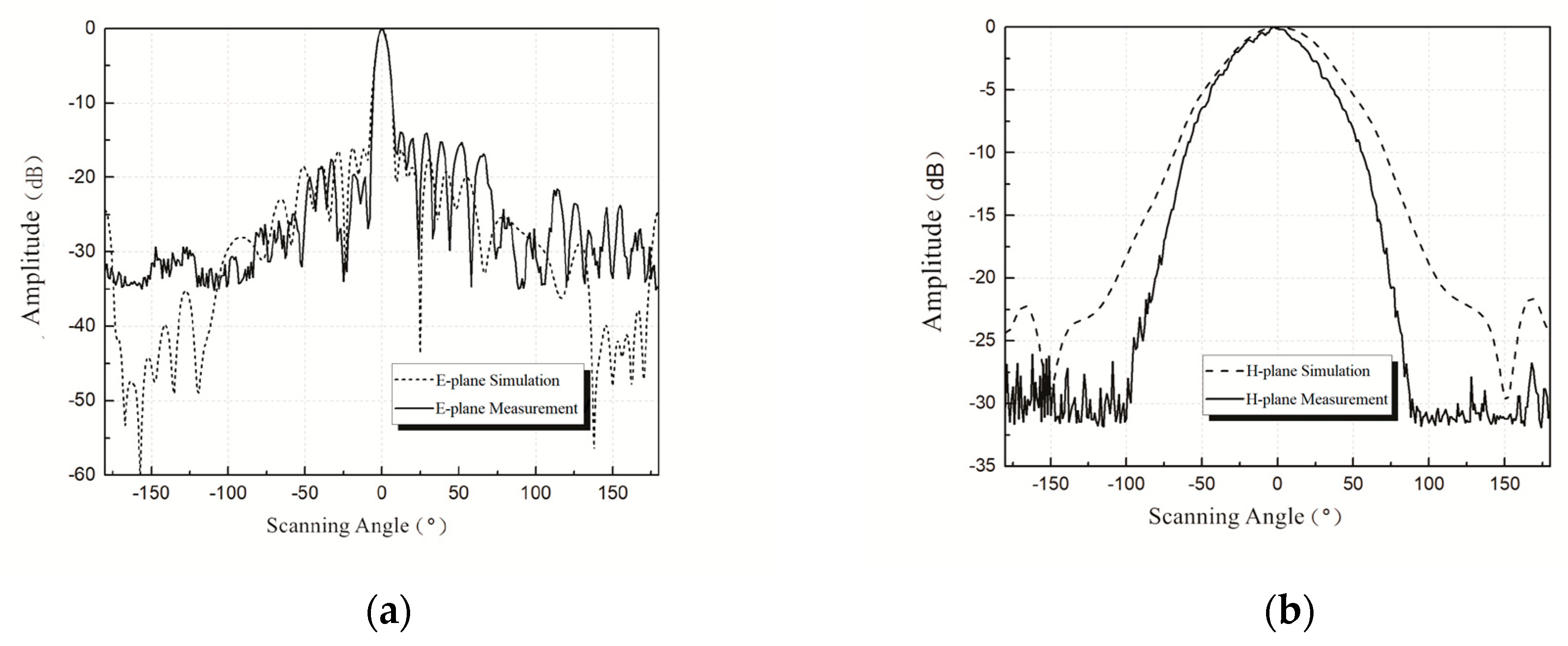
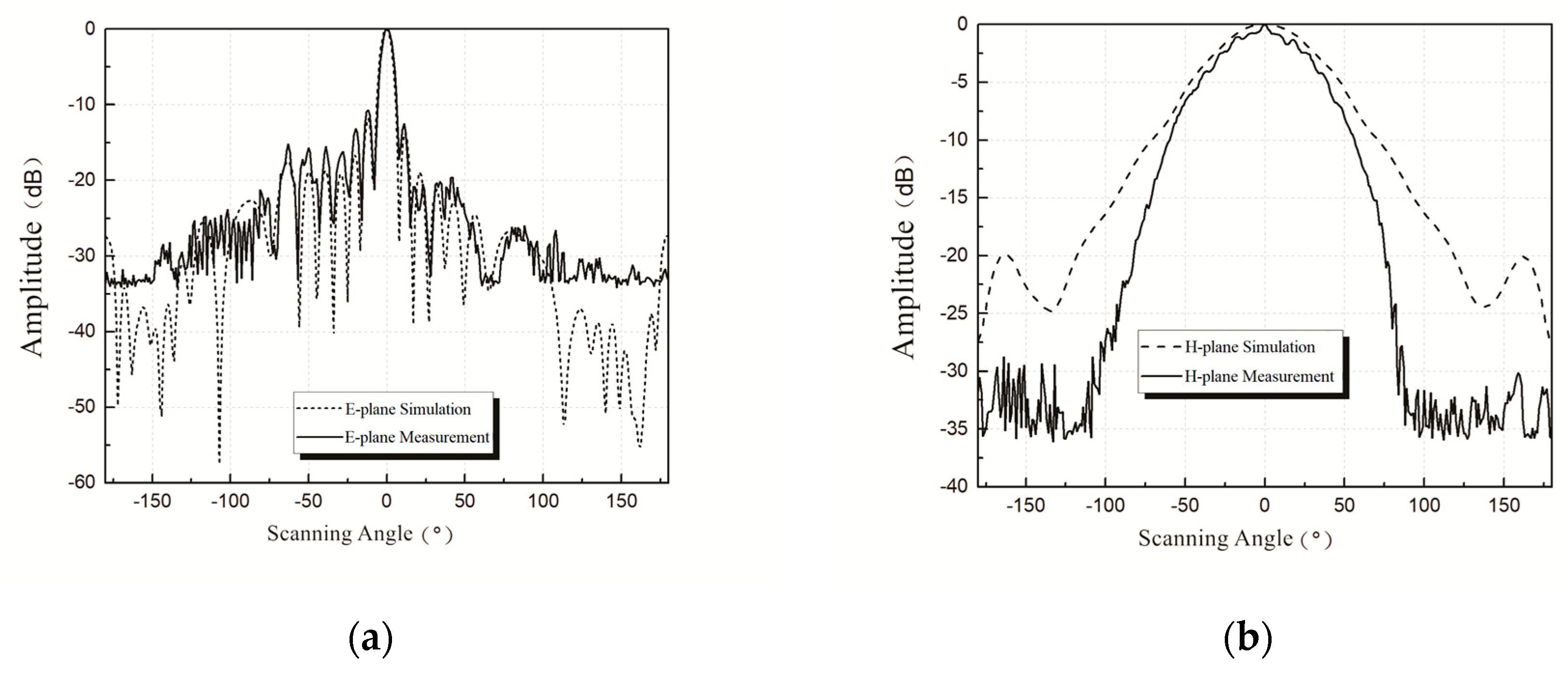
© 2020 by the authors. Licensee MDPI, Basel, Switzerland. This article is an open access article distributed under the terms and conditions of the Creative Commons Attribution (CC BY) license (http://creativecommons.org/licenses/by/4.0/).
Share and Cite
Yang, S.; Zhang, L.; Fu, J.; Zheng, Z.; Zhang, X.; Liao, A. Design and Optimization for 77 GHz Series-Fed Patch Array Antenna Based on Genetic Algorithm. Sensors 2020, 20, 3066. https://doi.org/10.3390/s20113066
Yang S, Zhang L, Fu J, Zheng Z, Zhang X, Liao A. Design and Optimization for 77 GHz Series-Fed Patch Array Antenna Based on Genetic Algorithm. Sensors. 2020; 20(11):3066. https://doi.org/10.3390/s20113066
Chicago/Turabian StyleYang, Shuo, Lijun Zhang, Jun Fu, Zhanqi Zheng, Xiaobin Zhang, and Anmou Liao. 2020. "Design and Optimization for 77 GHz Series-Fed Patch Array Antenna Based on Genetic Algorithm" Sensors 20, no. 11: 3066. https://doi.org/10.3390/s20113066
APA StyleYang, S., Zhang, L., Fu, J., Zheng, Z., Zhang, X., & Liao, A. (2020). Design and Optimization for 77 GHz Series-Fed Patch Array Antenna Based on Genetic Algorithm. Sensors, 20(11), 3066. https://doi.org/10.3390/s20113066



